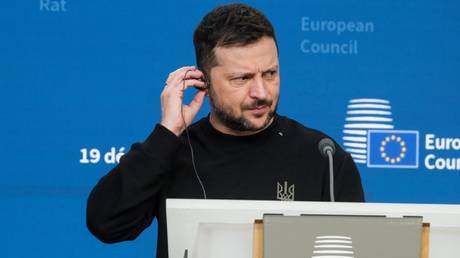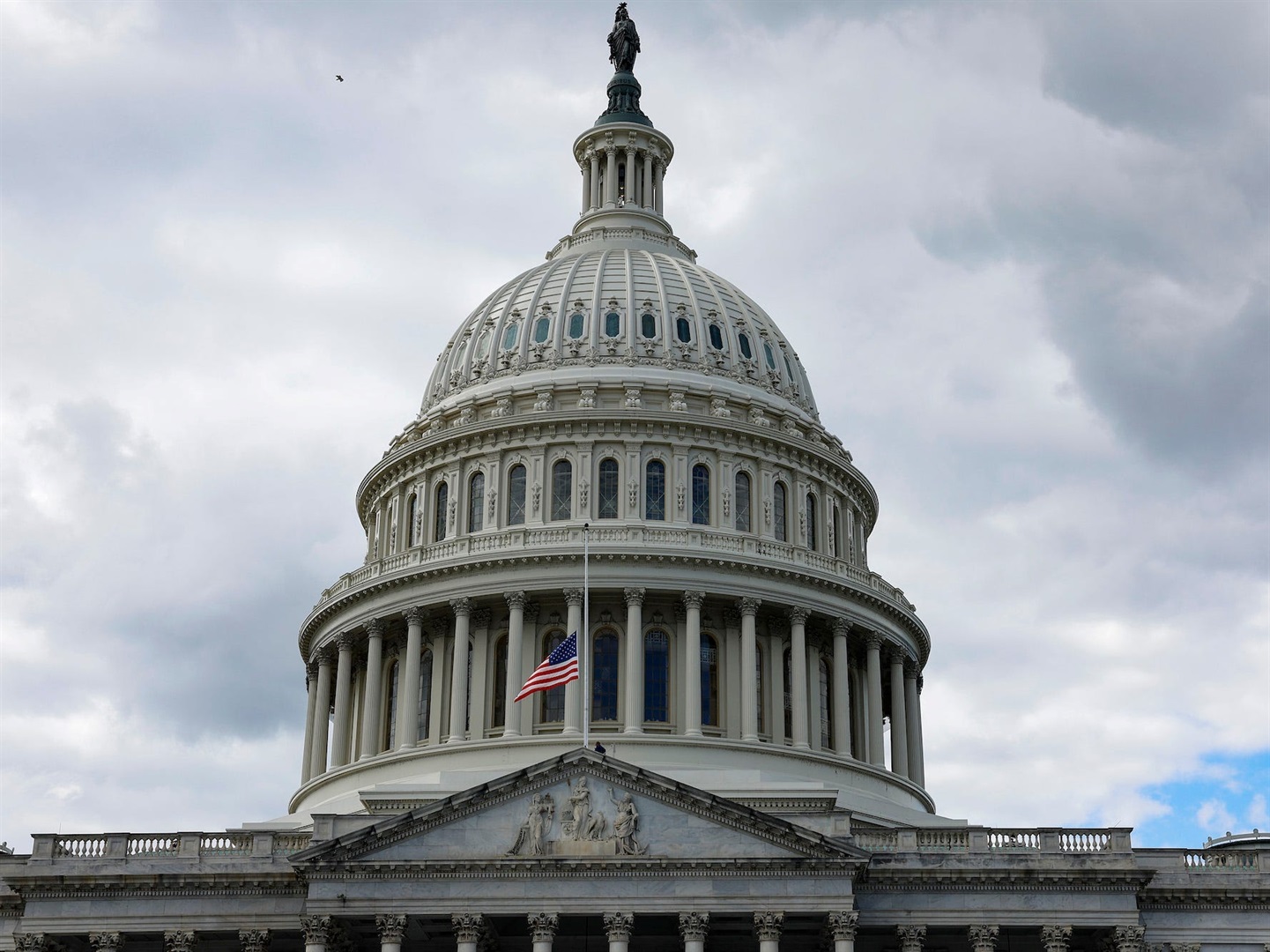Nestled on the northeastern coast of Africa, Eritrea is a nation whose history and struggle for self-determination have profoundly shaped its sense of nationalism. From ancient kingdoms to colonial rule and hard-fought independence, Eritrean nationalism has not just evolved but thrived through diverse phases, reflecting both internal resilience and external influences.
Historical Roots
Eritrea’s history is rich and complex, characterized by a blend of indigenous cultures and outside influences. In the late 19th century, Eritrea fell under Italian colonial rule, marking a pivotal period in its nationalist narrative. Italian colonization introduced modern infrastructure and administrative systems but fostered resistance among Eritreans who sought to preserve their cultural autonomy and political rights.
The mid-20th century saw Eritrea caught in the whirlwind of global geopolitics, as its fate was entangled in the aftermath of World War II. Following Italy’s defeat in 1941, Eritrea came under British military administration until it was federated with Ethiopia in 1952 under the auspices of the United Nations. This union, however, was fraught with tensions, as many Eritreans perceived it as a threat to their aspirations for self-determination.
By the early 1960s, these tensions erupted into armed conflict as Eritrean nationalists, led by visionary leaders such as Isaias Afwerki, launched a protracted struggle against Ethiopian rule. The EPLF, a key player in this struggle, emerged as the dominant force and successfully waged a guerrilla war against Ethiopian forces, culminating in Eritrea’s hard-won independence in 1991.
The struggle for independence in Eritrea represents a defining chapter in its nationalist history, leaving an indelible mark on the nation. Marked by decades of resistance against Ethiopian rule and a relentless pursuit of self-determination, this period, spanning from the 1960s to the early 1990s, shaped Eritrean nationalism in profound ways, forging a collective identity rooted in resilience, sacrifice, and the unyielding quest for freedom.
Armed Resistance and Liberation Movements
The 1960s witnessed the emergence of several Eritrean liberation movements, most notably the Eritrean Liberation Front (ELF) and later the Eritrean People’s Liberation Front (EPLF). These movements represented diverse political ideologies but shared a common goal: the liberation of Eritrea from Ethiopian control.
The ELF, founded in 1960, initially led the armed struggle against Ethiopian forces. It operated across the rugged terrain of Eritrea, garnering support from various segments of Eritrean society. However, internal divisions and ideological differences weakened the ELF, leading to a split in the organization in the early 1970s.
Amidst these challenges, the EPLF emerged as a formidable force under the leadership of Isaias Afwerki and other key figures. Formed in the early 1970s, the EPLF adopted a more disciplined and centralized command structure, focusing on effective military tactics and ideological cohesion. It gained popularity among Eritreans for its ability to withstand Ethiopian offensives and maintain control over strategic territories.
Ethiopian Response and International Dynamics
Ethiopia, under Emperor Haile Selassie initially and later under the military regime led by Mengistu Haile Mariam, responded to the Eritrean insurgency with military crackdowns and attempts to suppress the liberation movements. The conflict escalated into a brutal war characterized by human rights abuses, displacement of civilians, and international condemnation of Ethiopia’s tactics.
The international community played a complex role in the Eritrean struggle for independence. Cold War dynamics influenced support for either Ethiopia or the Eritrean liberation movements, with the Soviet Union backing Ethiopia and Western nations sometimes indirectly supporting the Eritrean cause. Eritreans in the diaspora were crucial in lobbying for international recognition and support for their independence struggle.
Final Push and Independence
By the late 1980s, the EPLF had gained significant military and political momentum. The strategic capture of key Ethiopian military bases, such as Afabet in 1988, marked a turning point in the war. The EPLF’s successful offensive campaigns further weakened Ethiopian control over Eritrean territory.
In 1991, the downfall of the Mengistu regime in Ethiopia provided the EPLF with a crucial opportunity to accelerate its push for independence. In May 1991, the EPLF forces entered the capital, Addis Ababa, alongside other Ethiopian rebel groups, effectively ending Mengistu’s rule. This paved the way for Eritrea to declare independence on May 24, 1993, following a UN-supervised referendum in which Eritreans overwhelmingly voted for independence.
Legacy and Challenges
The legacy of Eritrea’s struggle for independence remains deeply ingrained in its national consciousness. It symbolizes the triumph of a people’s determination over adversity and the resilience forged through years of sacrifice and hardship. The EPLF, which later transformed into the People’s Front for Democracy and Justice (PFDJ), continues to dominate Eritrean politics, steering the nation through post-independence challenges.
Challenges post-independence have included transitioning from a liberation movement to a governing entity, economic development, nation-building, and managing regional relations.
Contemporary Perspectives on Eritrean Nationalism
Today, Eritrean nationalism continues to evolve, influenced by its historical struggle for independence and the complexities of modern nation-building. It encompasses pride in cultural heritage, a commitment to socio-economic progress, and a resilient spirit forged through decades of adversity. Eritreans at home and in the diaspora contribute to shaping the nation’s identity, advocating for its interests on the global stage while preserving its unique cultural tapestry.
Eritrean nationalism is a testament to the enduring spirit of a people who have navigated through centuries of change, adversity, and triumph. Eritrea’s journey reflects a profound resilience and determination to uphold its identity and sovereignty from ancient civilizations to modern statehood. As the nation continues to chart its path forward, its rich historical legacy remains a cornerstone of its evolving national narrative, offering insights into the complexities and triumphs of African nationalism in the contemporary world.
In conclusion, the struggle for independence in Eritrea is a testament to the power of nationalism as a unifying force in the face of oppression. It exemplifies the resilience and determination of a people to assert their right to self-determination and sovereignty, leaving a profound imprint on Eritrean identity and shaping its path as a sovereign nation in the global community.





+ There are no comments
Add yours